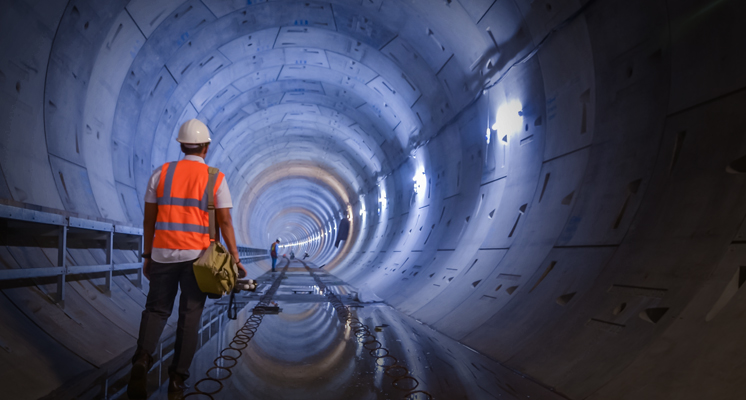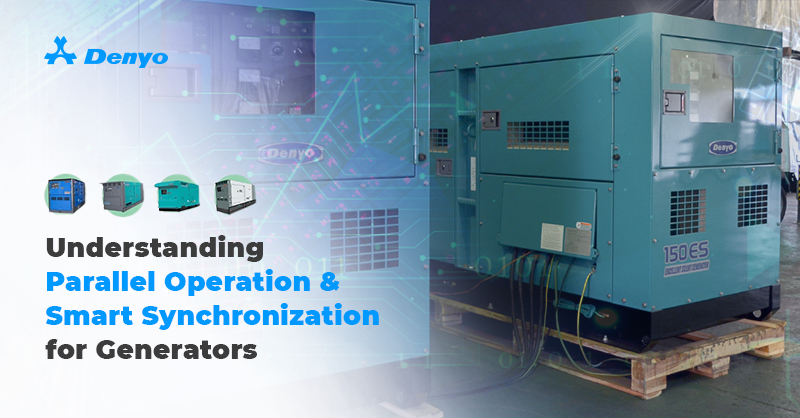Shedding Light on Getting the Right Light Tower for Your Business

Light towers are a mainstay on jobsites, providing necessary illumination for countless utility projects and applications requiring night work. But do you know how to identify the best light tower model for the job? We shed light (no pun intended) on what to look out for in a light tower.
>1. Does the job require light and power?
Why rent two pieces of equipment when a combination of a light tower and mobile generator can provide a single solution for two important jobsite needs? A combination machine offers necessary illumination while providing up to 20 kW of energy for powering tools, heaters or a jobsite trailer. A two-in-one machine is especially beneficial for jobsites with tight quarters and areas without a reliable power source that require light.
In another case, get your light tower and your generator from a single vendor, so that you don’t have to deal with multiple service providers, which may mean managing multiple Service Level Agreements (SLAs), accounts and billing processes.
2. How much light is needed?
Knowing the level of illumination needed for a jobsite is not only a matter of safety, but also proper budgeting. Selecting the correct light tower — or towers as the case may be — starts with determining the recommended number of lux, a unit of measure commonly used by lighting professionals to calculate light levels in businesses and outdoor spaces. Your local equipment dealer can also help you calculate the remaining factors that determine the lighting needs of an application. These include the size of the area, whether light needs to be constant and how bright the light should be.
Most light towers have the standard configuration with four lamps per light tower, which would require four light towers for this application. However, many light towers include a six-lamp option. In this instance, a six-lamp option would only require three light towers while still providing the appropriate level of illumination.
3. How long will you need light?
Fuel capacity is another key consideration when selecting a light tower. Large, efficient fuel tanks deliver longer runtimes, which translate to less downtime for refueling. Some light towers offer an upward of 70 hours of runtime, a major advantage when operating for long hours. Depending on the model, some may offer optional features such as hybrid mode where the battery takes over and continues to provide illumination when the engine fails — an attractive function in remote locations or when varying amounts of illumination are required.
4. Are there lighting restrictions?
Some applications may require glare-free lights for night work or may include restrictions on fluid containment or noise level. Knowing these requirements and available light tower features can be helpful during the selection process.
Correctly positioning light fixtures can significantly reduce the risk of creating a glare hazard. Floodlights at 30 ft should be positioned at a 30-degree angle from horizontal to provide optimal beam spread and reduced glare potential. Look for light towers with easily adjustable light fixtures with a locking pin system. Each light fixture should rotate horizontally and vertically to provide ideal illumination. Another option is an externally powered balloon light, which provides 2,000 W of glare-free illumination, but requires a three-prong, 20-amp outlet.
Environmental safety regulations are another consideration when selecting a light tower. Some jobsites have established containment regulations that can include oil, coolant and fuel. Selecting a portable light tower that offers containment as part of the machine frame makes it simple to comply with those regulations, while avoiding the additional cost associated with a separate containment tray or spill pad.
Utility projects that require the use of light towers in busy city centers or built-up residential areas must often contend with noise ordinances as well. A light tower with an operating sound level below 70 dBA should fall within most noise ordinance requirements.
5. Are my lighting towers portable?
In most situations, most customers prefer a heavy-duty but compact light tower. Compact light towers offer many significant advantages over traditional, large wide-stanced light towers. First, factories can pack more compact light towers side by side and ship them on a delivery truck, resulting in significant savings in transportation costs both from the manufacturer to the rental center and from the rental center to the customer. Second, a smaller light tower takes up less storage space in a rental yard and saves valuable space on the jobsite. This proves especially effective on street or highway work where the machines’ compact design could possibly allow one or more lanes of traffic to remain open while work continues. Lastly, a more compact light tower also weighs less, leading to better maneuverability. You can easily maneuver many of today’s compact light towers around the jobsite by hand rather than with a vehicle, allowing more precise placement and added mobility.
While most people say that “a lighting tower is a lighting tower, but not all towers are the same. Understanding how you want to use it and what you need it for will really help to ensure you are getting the best lighting tower for your needs.


